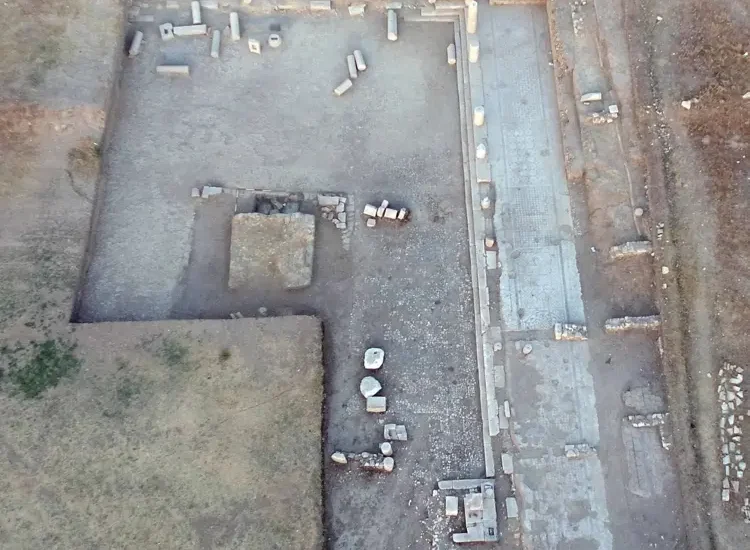
1,800-Year-Old Roman Agora Unearthed in the Ancient City of Metropolis
Archaeologists excavating the ancient city of Metropolis in İzmir, Türkiye, have uncovered a 1,800-year-old Roman-era agora that once served as the commercial heart of the settlement. Experts suggest it may be the largest trade center ever identified in the city.
Located between the modern villages of Yeniköy and Özbey in Torbalı, Metropolis is also known as the “City of the Mother Goddess.” Excavations have been ongoing since 1989 under the authority of the Turkish Ministry of Culture and Tourism, supported by İzmir Metropolitan Municipality, Torbalı Municipality, and the Sabancı Foundation. The scientific director is Prof. Dr. Serdar Aybek of Dokuz Eylül University, with Dr. Burak Arslan of Ege University serving as deputy head.
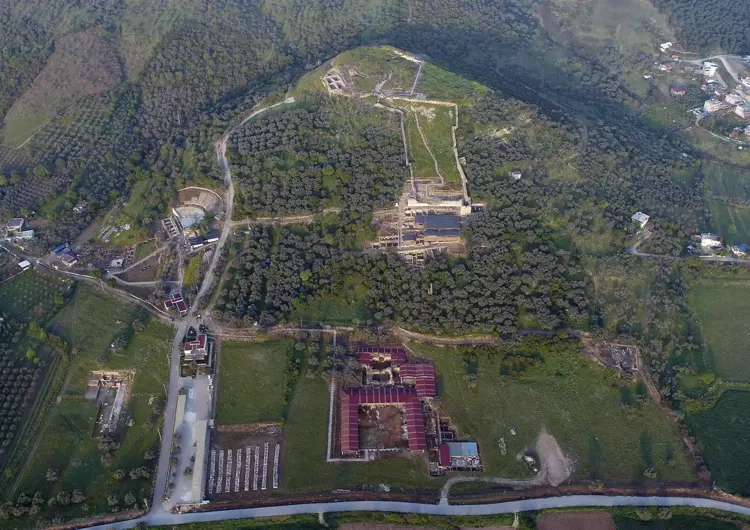
The latest campaign revealed a large-scale Roman trade complex built on the city’s southern slopes. According to Dr. Arslan, “This may be the most significant commercial center identified so far in Metropolis. The agora was planned as part of the city’s Roman Imperial expansion, with colonnaded porticoes built in the Doric order.”
Structure and Function
Findings show that the agora featured porticoes lined with shops. Mosaic pavements dating to the 2nd century CE indicate intense commercial activity. “Citizens accessed shops through these colonnades, conducting their daily business and trade,” Arslan explained. The agora appears to have remained in use until the 5th or 6th century CE.
📣 Our WhatsApp channel is now LIVE! Stay up-to-date with the latest news and updates, just click here to follow us on WhatsApp and never miss a thing!!
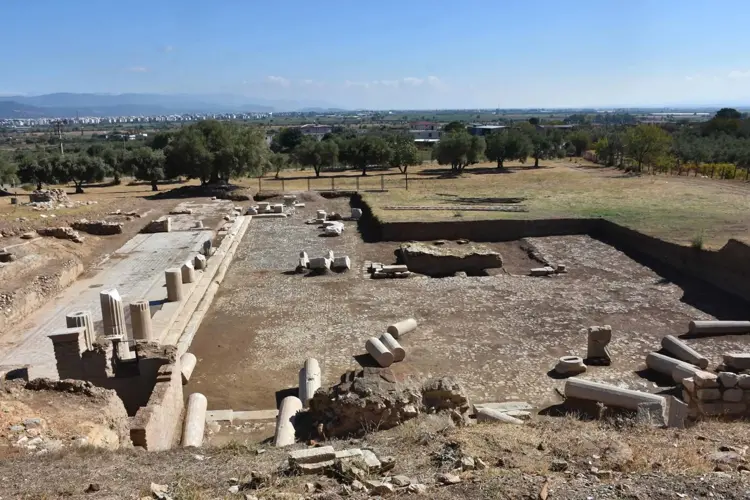
Signs of Earthquake
Archaeologists believe the building lost its function due to an earthquake. “The columns collapsed inward, a pattern consistent with seismic destruction,” Arslan noted. Excavations will continue in the area, which holds significant archaeological potential.
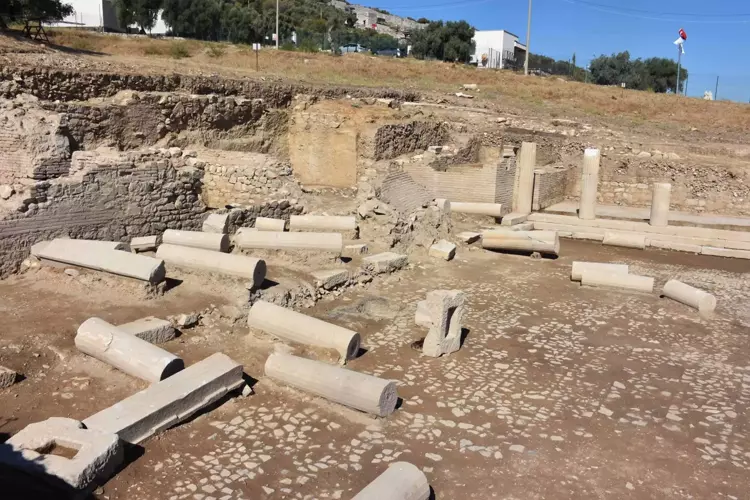
Historical Context
Founded in the 3rd century BCE as a Hellenistic acropolis, Metropolis expanded into the plain during the Roman Imperial period. The city remained inhabited until the 14th century CE. Excavations to date have revealed a theater, stoa, baths, temples, and richly decorated mosaics, making Metropolis a key site in western Anatolia.
You may also like
- A 1700-year-old statue of Pan unearthed during the excavations at Polyeuktos in İstanbul
- The granary was found in the ancient city of Sebaste, founded by the first Roman emperor Augustus
- Donalar Kale Kapı Rock Tomb or Donalar Rock Tomb
- Theater emerges as works continue in ancient city of Perinthos
- Urartian King Argishti’s bronze shield revealed the name of an unknown country
- The religious center of Lycia, the ancient city of Letoon
- Who were the Luwians?
- A new study brings a fresh perspective on the Anatolian origin of the Indo-European languages
- Perhaps the oldest thermal treatment center in the world, which has been in continuous use for 2000 years -Basilica Therma Roman Bath or King’s Daughter-
- The largest synagogue of the ancient world, located in the ancient city of Sardis, is being restored

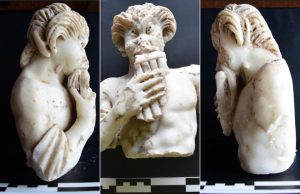
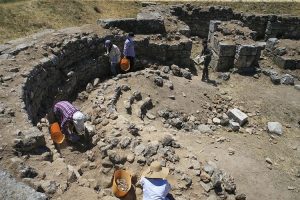
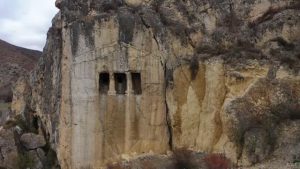
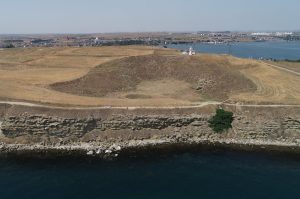
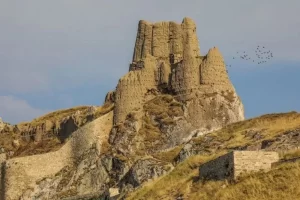
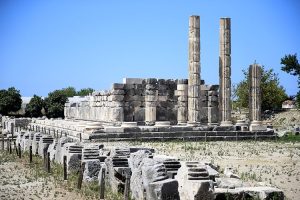
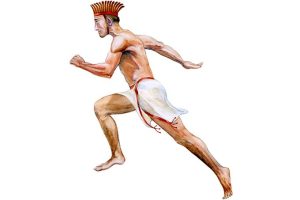

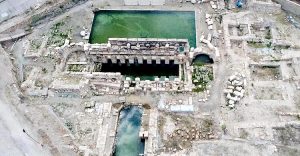
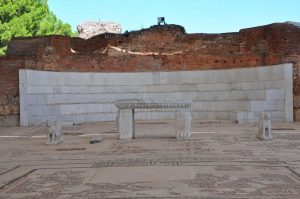
Leave a Reply